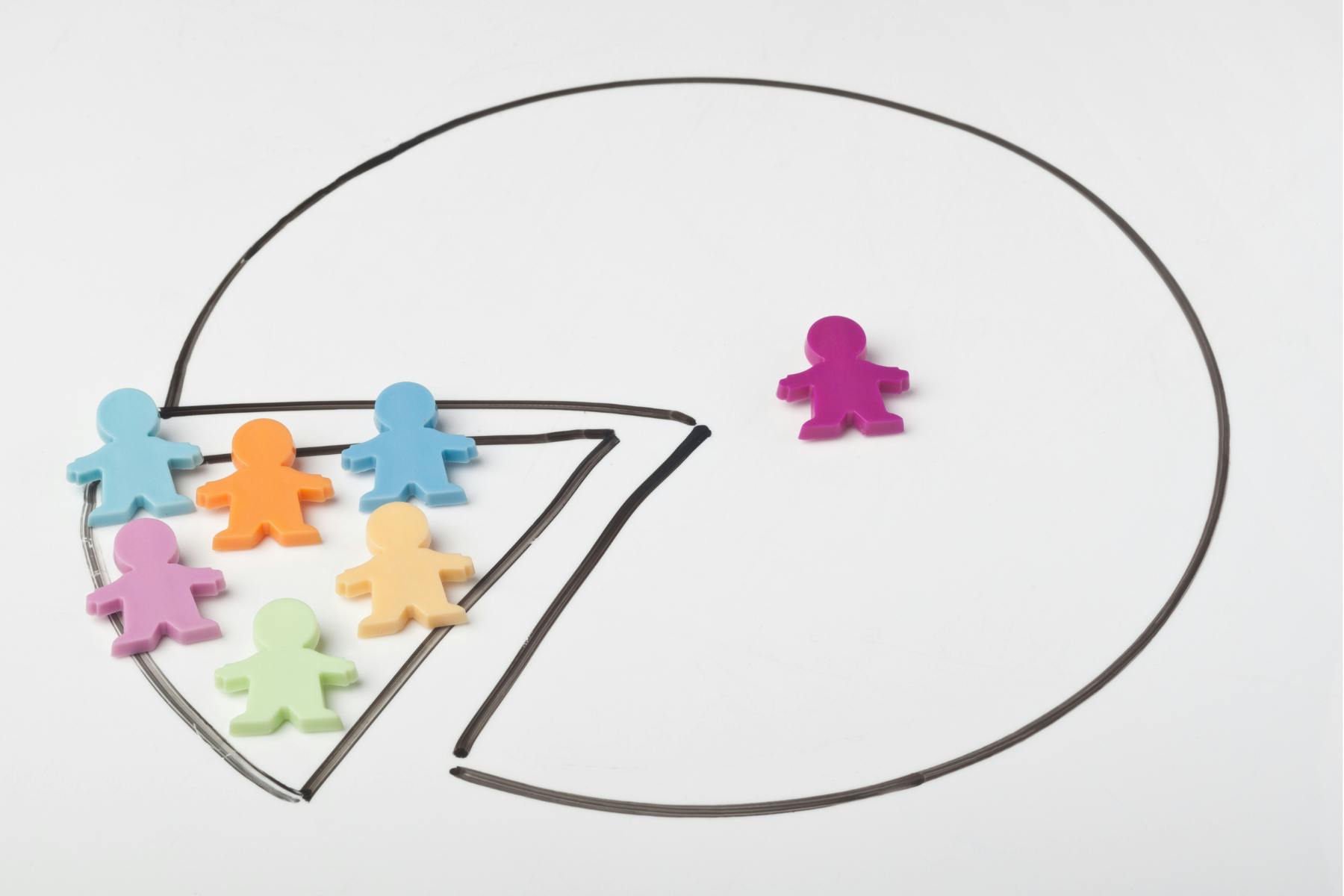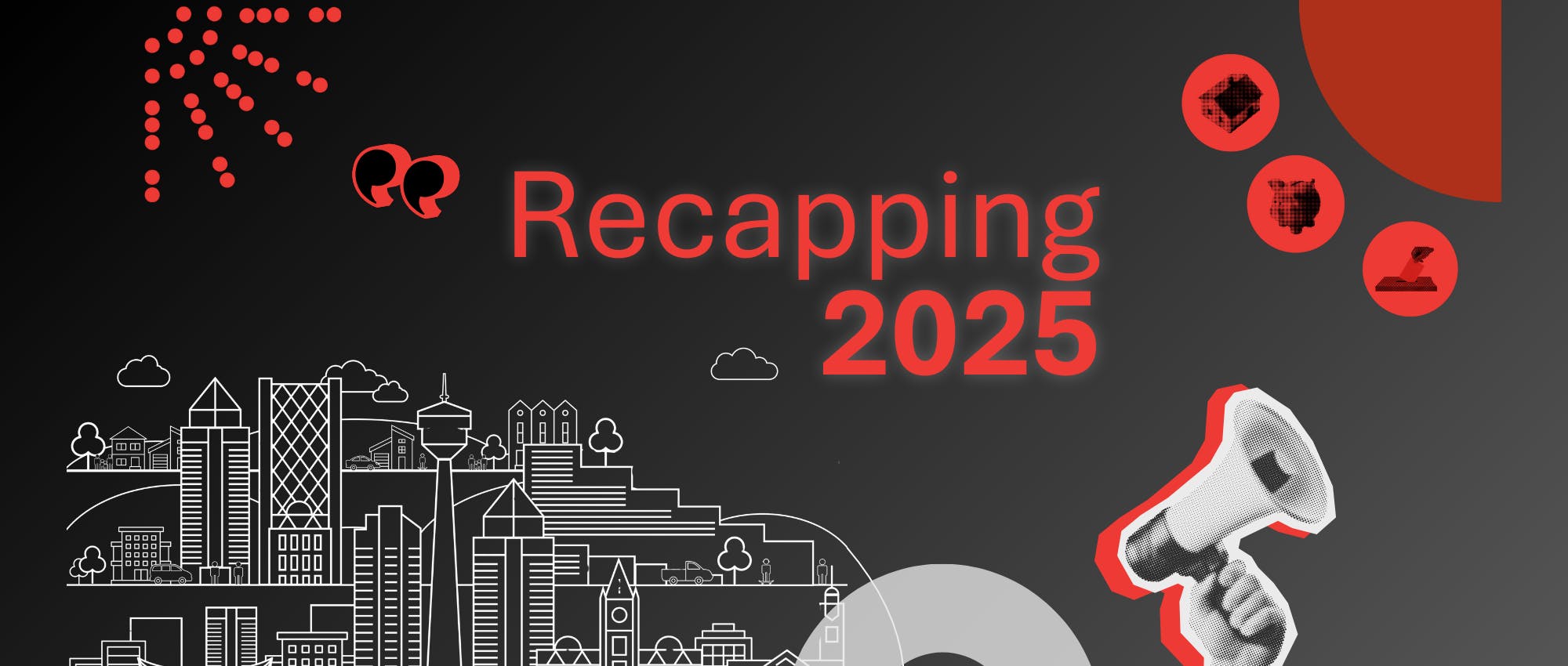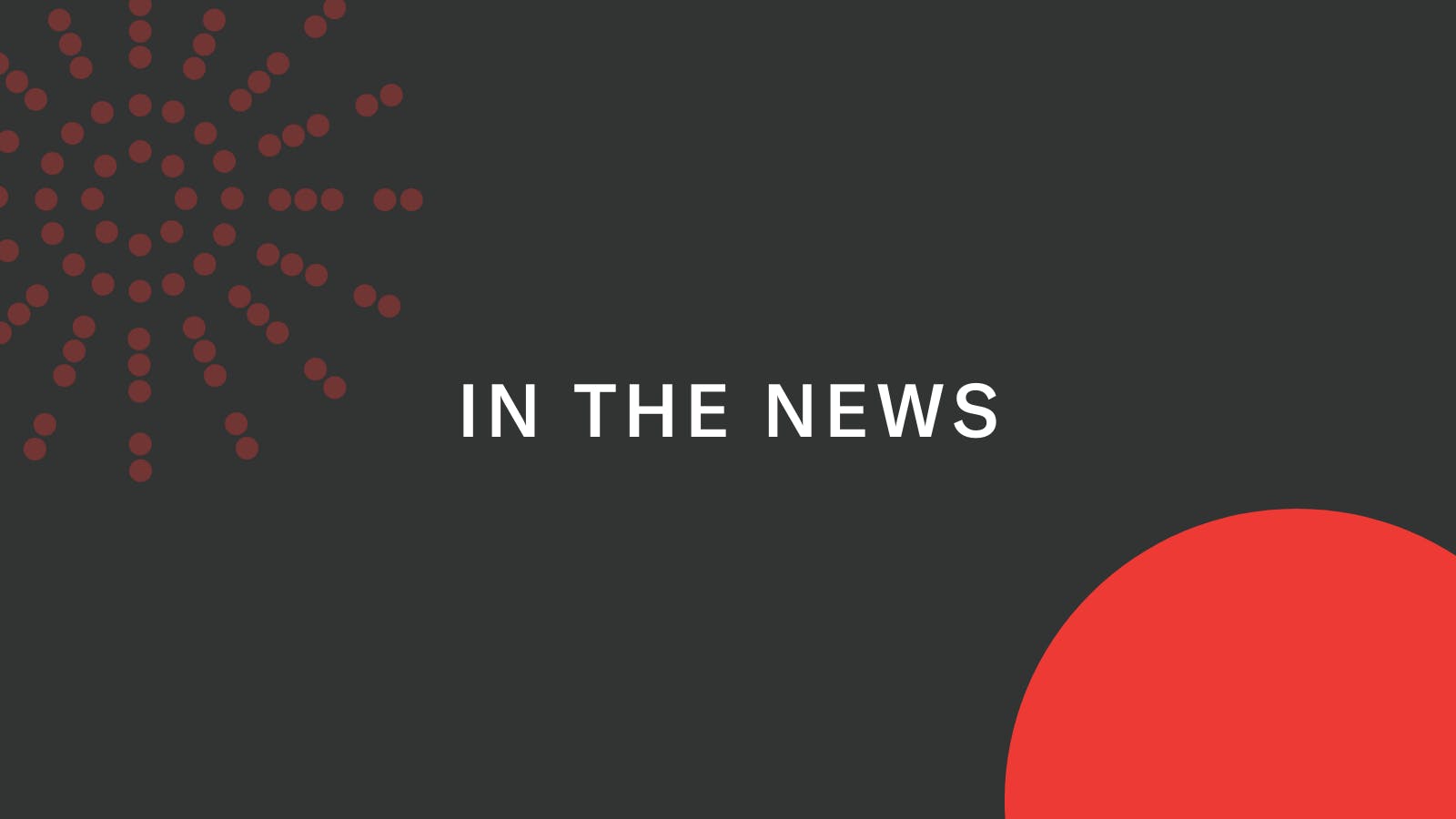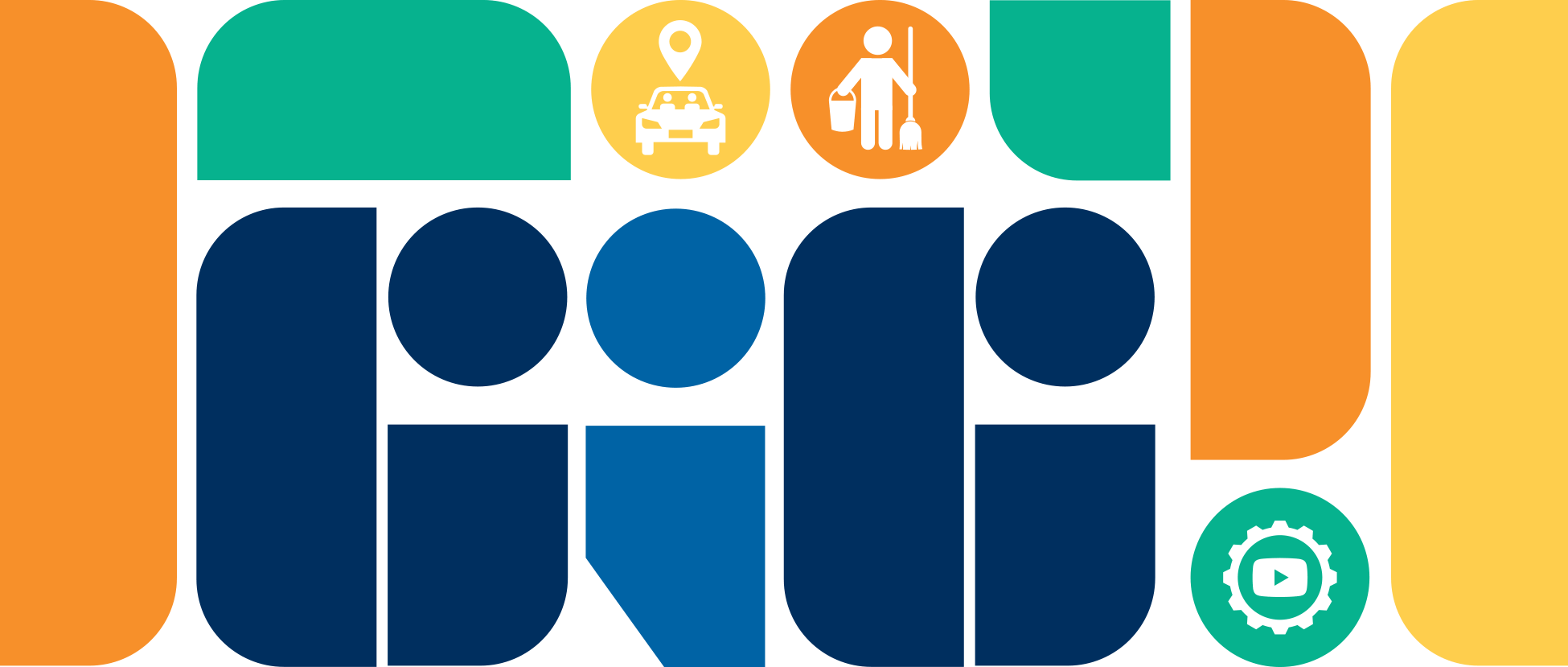Inequality is felt universally, and it can be complex to understand. But, there is data that paints a vivid picture of the impact inequality has on the well-being of communities and continents alike. In this blog, I explore the concept of inequality, specifically focusing on income inequality, and why this is something you should care about too.
To start off, let’s discuss income inequality. Income inequality refers to the extent that income is distributed unequally among members of a population and although inequality has no influence over the rate of poverty, the two concepts are intricately linked. Soaring income inequality was a prevailing belief after the first wave of the pandemic, but not everyone agrees as some indicators show the income inequality gap is narrowing.
Exploring income inequality
In the last five years, the rate of growth for top earners and bottom earners show inequality has stabilized. In fact, low-income earners are growing their incomes at a higher rate when compared to high income earners. The Gini Coefficient, defined by the Organisation for Economic Co-operation and Development (OECD) as a tool that “measures the extent to which the distribution of income within an economy deviates from a perfectly equal distribution,” shows that inequality has declined over the last half-decade or so. However, the Gini and the rate of growth do not track the share of wealth going to those in the top one percent, which has steadily increased over time according to Statistics Canada.
The trend of growing concentration of income at the top can be attributed to changes to our tax system over time, that have disproportionately benefited high income earners. Examples of this are lower tax rates for dividends and capital gains. In the book Share the Wealth, authors Nathan Gauvin and Angella MacEwan point out that in 2016, the Parliamentary Budget Office estimated that “Canada’s top one percent [holds] one quarter of all the wealth in Canada,” a trend that has worsened since COVID, with Canada’s 100 highest paid CEOs now making 191 times more than the average worker in Canada.





